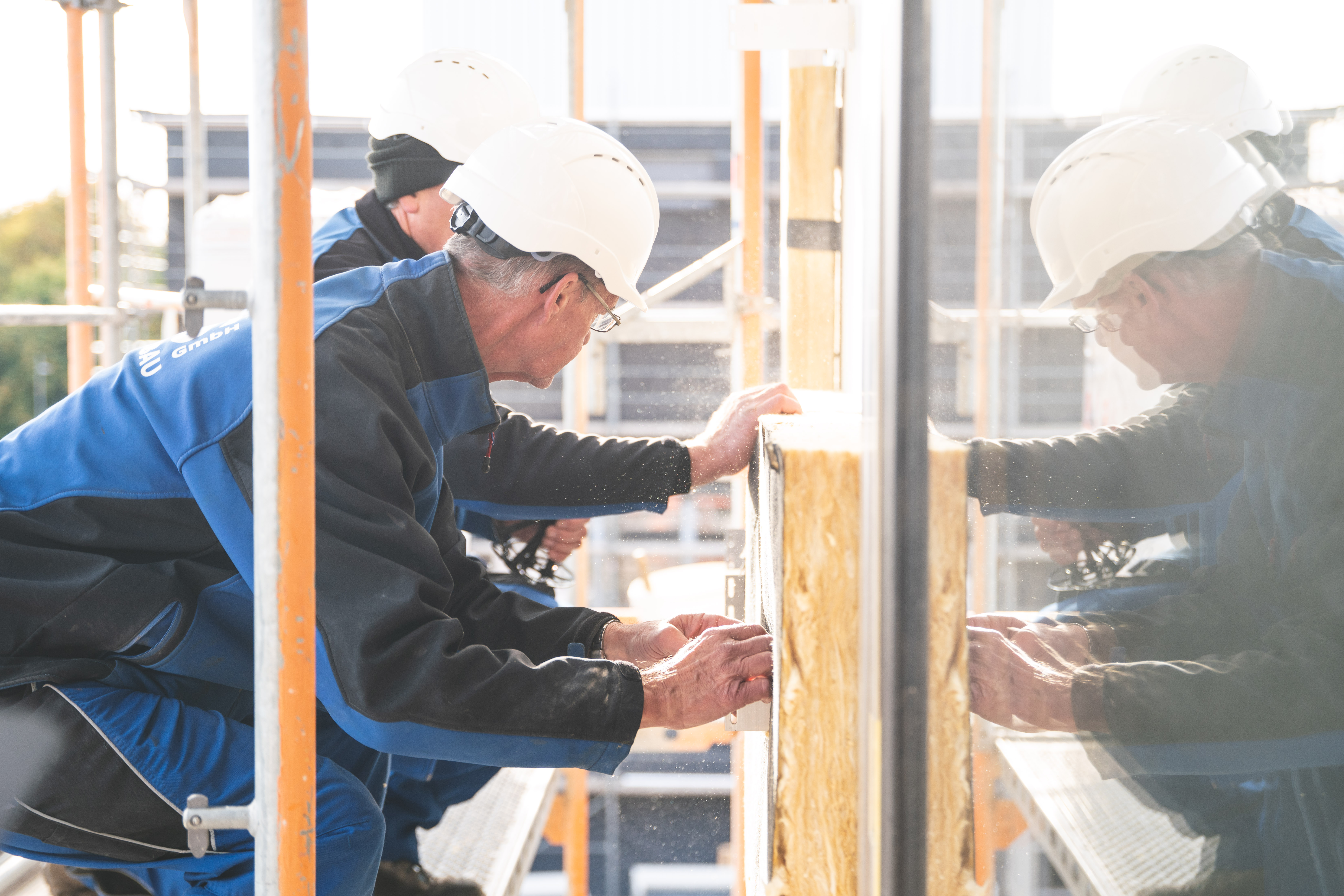
New EU rules on energy performance in buildings are coming fast - and by 2025, the pressure to comply will be higher than ever. From mandatory Zero-Emission Buildings to whole life carbon assessments, construction professionals must adapt to a stricter, more sustainable regulatory landscape. This article breaks down what’s changing under the revised EPBD and how insulation plays a key role - not just for compliance, but for future-proofing your buildings and projects.
As Europe moves steadily towards a net-zero carbon future, one thing has become clear: energy efficiency in buildings is no longer a nice-to-have - it's a must. And with new EU regulations already rolling out in some countries, construction professionals can’t afford to fall behind.
What’s changing in 2025 and beyond?
In April 2024, the EU approved a revised Energy Performance of Buildings Directive (EPBD), and it sets the tone for the coming years. Some key milestones:
- From 2028, all new public buildings must be Zero-Emission Buildings (ZEBs).
- By 2030, this requirement will apply to all new buildings, public or private.
But there’s more to a ZEB than just using renewable energy. These buildings must also show top performance across their entire life cycle - from design and materials to emissions and energy use. For the first time, the concept of whole life carbon becomes mandatory in EU law. That means developers will need to calculate and disclose the global warming potential (GWP) of new buildings.
This requirement kicks in:
- In 2028 for new buildings over 1000 m²,
- And in 2030 for all new constructions.
What does that mean in practice? A much greater focus on choosing low- impact materials and designing for thermal efficiency from day one. Insulation will be more critical than ever - not just to reduce operational energy use, but to meet legal targets and unlock funding.
What do EU Member States need to implement by 2025?
Here’s a snapshot:
- ZEB standards: Extremely high energy performance, full coverage by renewables, airtight envelopes, and well-integrated systems.
- Renovation goals + MEPS: All non-residential buildings must outperform the worst-performing 16% of the national stock by 2030 (and the worst 26% by 2033). Minimum Energy Performance Standards will define the thresholds.
- Residential energy targets: Reduce average primary energy use in residential buildings by 16% by 2030 and 20–22% by 2040 (vs. 2020). Deep renovations will be crucial, especially for the least efficient 43% of homes.
- EPCs go digital: A harmonised A–G rating scale, clear indicators, and easier access to energy performance data.
- Renovation Passports (BRPs): Member States must launch voluntary "building renovation passports" by May 2026 - long-term roadmaps to achieve ZEB compliance.
- Mobility-ready infrastructure: Buildings must include EV charging points and bicycle facilities, typically coordinated with other energy upgrades.
- Efficient technical systems: From duct insulation to smart controls, Member States will define new performance standards to ensure systems operate as efficiently as possible.
Why insulation really matters now
Let’s be honest - insulation used to be all about comfort in winter. But today, especially with the new EU regulations coming into play, it’s a dealbreaker. It affects compliance, long-term energy performance, and in many cases, access to funding.
The big shift? We now have to look beyond operational energy. From airtightness to embodied carbon, insulation is one of the few design choices that can reduce emissions across a building’s entire life cycle.
At URSA, we’ve seen this shift coming, and we’ve adapted our solutions accordingly:
Mineral Wool
Whether you're tackling a deep retrofit or planning a high-performance new build, our mineral wool delivers on thermal comfort, noise control, and fire safety. It’s not just theory - projects like 150 Holborn in London, a LEED Platinum - and BREEAM Excellent-targeted mixed-use development, show how smart insulation choices can drive both energy performance and sustainability. Over 1,000 m² of URSA mineral wool were used in the façade to achieve strict U-values, contribute to airtightness, and support long-term energy savings - all while meeting the highest environmental and fire safety standards.

XPS
For below ground or heavy-duty areas like foundations and floors, XPS brings the resilience you need. It resists moisture, handles structural loads, and helps eliminate those hidden energy leaks - the thermal bridges that quietly waste energy (and money).
URSA AIR
Looking to improve HVAC performance and indoor air quality? Our pre-insulated duct systems reduce noise and leakage while making installation faster and more efficient.
URSA SECO
Airtight building envelopes matter more than ever. Our membranes and sealing tapes help you pass blower-door tests, avoid condensation problems, and protect occupant health.
We’re not just ready for 2025 - we’re here to help you lead the way.
Whether you’re working on a public-sector retrofit or designing a zero-emissions building from the ground up, URSA offers a flexible, future-proof insulation portfolio - aligned with every key requirement of the EPBD.
Looking ahead
Let’s face it - insulation rarely gets the spotlight in a building project. It’s hidden behind walls and under floors. But ask anyone who’s lived in a poorly insulated home, and they’ll tell you: it makes a huge difference.
When done properly, insulation doesn’t just cut energy bills - it helps create spaces that feel good to be in, season after season. And it’s one of the smartest ways to reduce a building’s environmental footprint without sacrificing comfort or performance.
At URSA, we believe you shouldn’t have to choose between meeting tough new EU standards and delivering value to your clients. That’s why we offer a full range of insulation systems - from glass mineral wool to XPS, air ducting and airtight membranes - built to support real-world performance.
In the end, insulation isn’t just a technical spec. It’s part of how we shape the spaces people live and work in every day.
And if we get it right now, we won’t just meet regulations - we’ll build buildings that truly stand the test of time.
Talk to a technical advisor